
The conservancy plays a pivotal role in rhino conservation, protecting both black and white rhinos through intensive monitoring and anti-poaching efforts.

Lewa is home to over 100 mammal species, including endangered black and white rhinos, elephants, lions, giraffes, and cheetahs.

With over 400 bird species, Lewa offers fantastic opportunities for birdwatching, from resident raptors to seasonal migratory birds.

Visitors can engage with local Maasai communities, learning about their traditional customs, sustainable practices.

Lewa Wildlife Conservancy isn’t just a destination—it’s a conservation effort in action. Spread across 62,000 acres of land, the conservancy is dedicated to protecting endangered species such as the black rhino, and its conservation efforts are a major part of what makes Lewa so special. Visitors here experience not just wildlife, but a chance to see firsthand how the region’s ecosystem thrives through active conservation practices.
Lewa’s diverse landscapes are perfect for game drives, wildlife photography, and guided walking safaris. The opportunity to interact with local communities adds a rich cultural layer to your adventure.

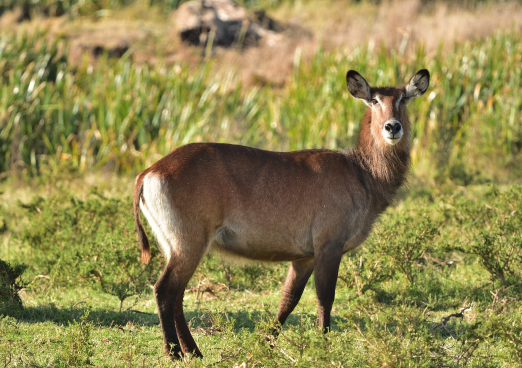
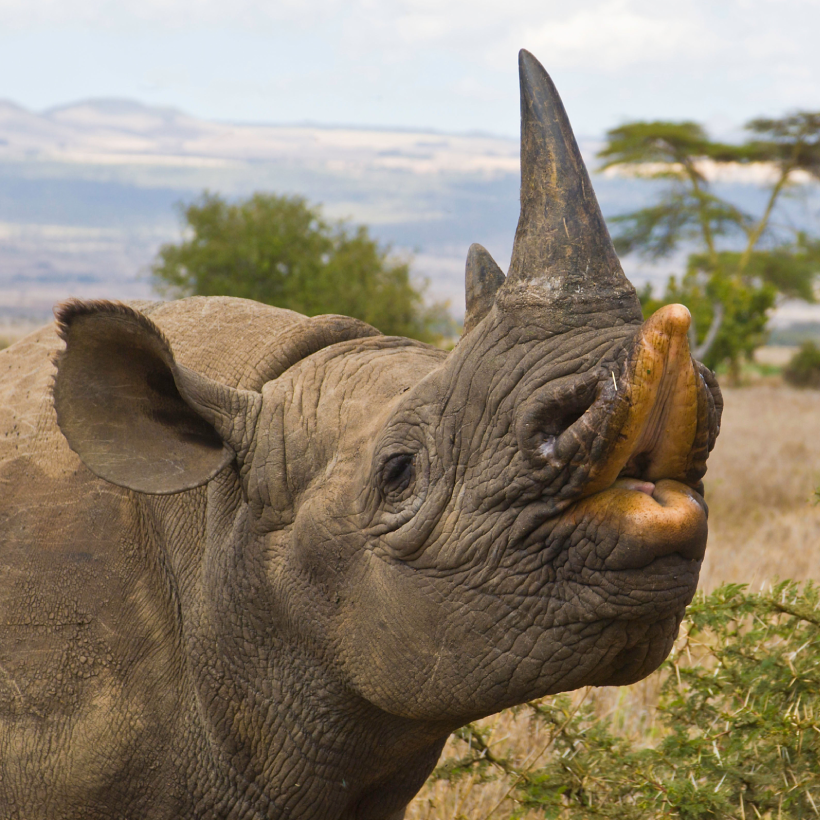
Lewa Wildlife Conservancy, located on Kenya's Laikipia Plateau, offers diverse wildlife experiences throughout the year. However, the timing of your visit can significantly influence your experience.
Get a free, no-obligation quote tailored to your needs by answering a few quick questions.
The peak wildlife viewing period is from July to September. During this dry season, the landscape is sunny with minimal rainfall, leading animals to congregate around limited water sources, enhancing visibility. The sparse vegetation further aids in spotting wildlife. However, this period attracts many visitors, resulting in busier lodges and higher rates.
Alternatively, visiting during the short dry season from December to February also offers favourable conditions. The weather remains dry and sunny, providing excellent opportunities for wildlife viewing. While lodges may be less crowded than in peak season, it's advisable to book in advance.
The wet seasons, from April to May and October to November, bring challenges. Heavy rains can make roads impassable and lead to lodge closures. However, these periods transform the conservancy into a lush haven, offering unique birdwatching opportunities and sightings of newborn animals. Visiting during these times means fewer crowds and lower rates, but be prepared for muddy conditions and potential travel disruptions.
In summary, the Best Time to Visit Lewa Wildlife Conservancy depends on your preferences. For optimal wildlife viewing in dry conditions, plan your trip between July and September or December and February. If you prefer a quieter experience amidst lush landscapes and are prepared for variable weather, consider the wet seasons.
Lewa offers thrilling game drives where you can spot elephants, rhinos, lions, and cheetahs. The park’s varied habitats ensure exciting wildlife encounters.
With over 400 species of birds, Lewa is an exceptional location for birdwatching, whether you're an experienced birder or a casual observer.
Explore the savannahs on horseback for a unique, up-close wildlife experience. Riding alongside rhinos, giraffes, and zebras adds a sense of adventure and tranquility.
A guided walking safari provides an intimate way to experience the conservancy, giving you a closer look at the smaller details of the ecosystem.
Note: Availability of nature walks depends on the accommodation facility.
Learn about Lewa’s groundbreaking conservation efforts, including rhino protection, wildlife monitoring, and community-based projects that help ensure the future of Kenya’s endangered species.
Engage with the Maasai community, learning about their traditions and sustainable farming practices that contribute to conservation efforts.
Lewa is home to some of Kenya’s most iconic wildlife, with over 100 species of mammals. The park is particularly known for its endangered black and white rhinos, elephants, giraffes, and lions. Lewa also offers rare sightings of cheetahs, leopards, and wild dogs.
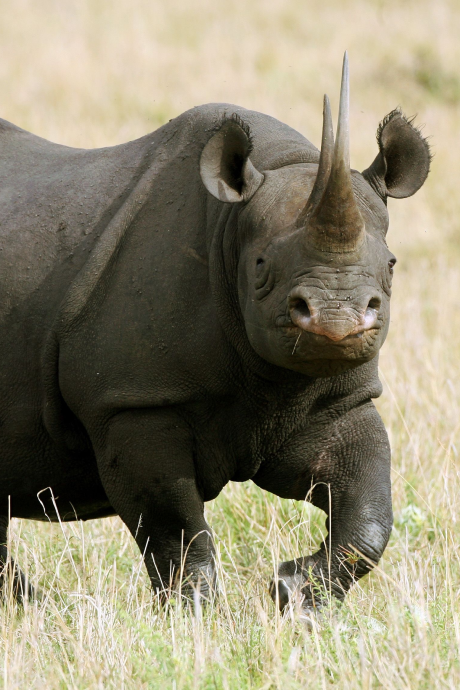
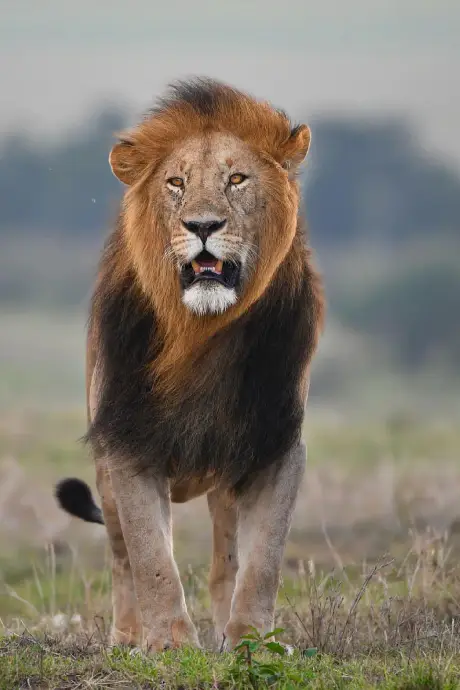
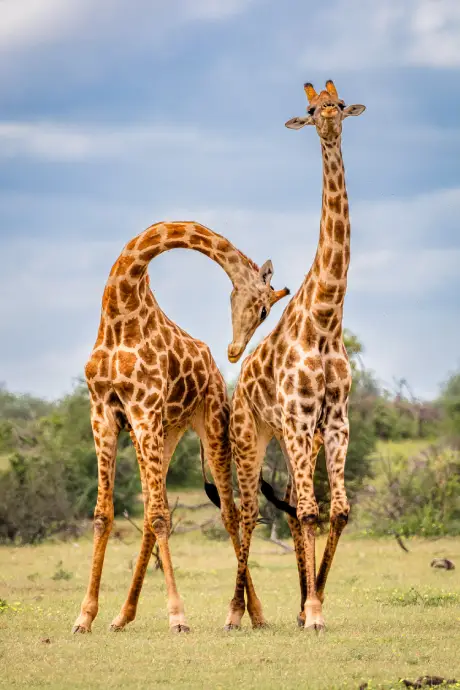


Lewa offers a variety of accommodations, ranging from luxurious lodges to more affordable options. Whether you’re looking for a tented camp like Lewa Safari Camp or a luxurious stay at Lewa House, guests can enjoy exclusive experiences with exceptional views of the landscape and wildlife.
Experience a Tailor Made Tour with Jemu Expeditions—crafted to match your travel style. Enjoy personalized safari itineraries, exclusive wildlife experiences, and authentic cultural encounters across East Africa’s iconic landscapes.

View our popular Kenya safari itinerary and experience the best of African wildlife. Explore iconic destinations like Masai Mara, Amboseli, Samburu, and Ol Pejeta. Enjoy Big Five game drives, scenic landscapes, cultural encounters, and unforgettable safari moments in Kenya.
Experience the best of Kenya’s diverse wildlife and landscapes on this unforgettable safari.
Maasai Mara National Reserve is located in the South Western Circuit along the border of Tanzania
The 7 days safari will include visiting the famous and unique reserve in the Northern Circuit
For millions of years rhinos have thrived carrying their pre-historic and charismatic attributes
Patrizia G
Megan W
Melia B